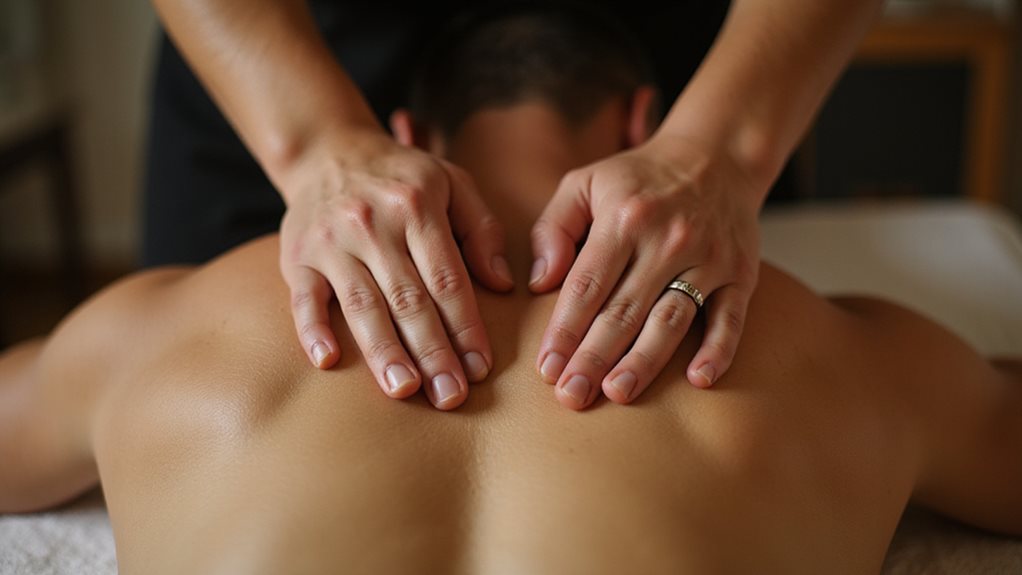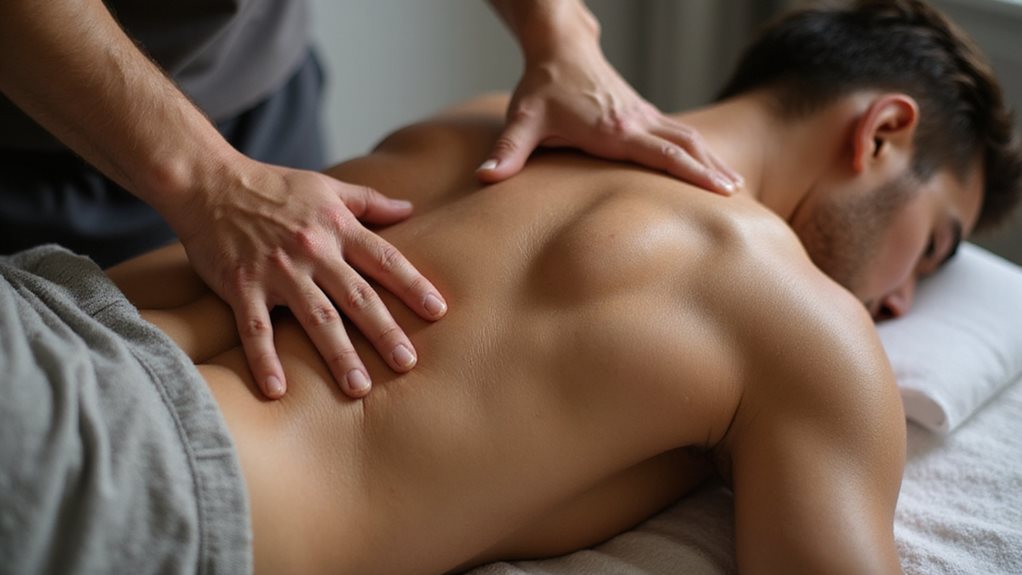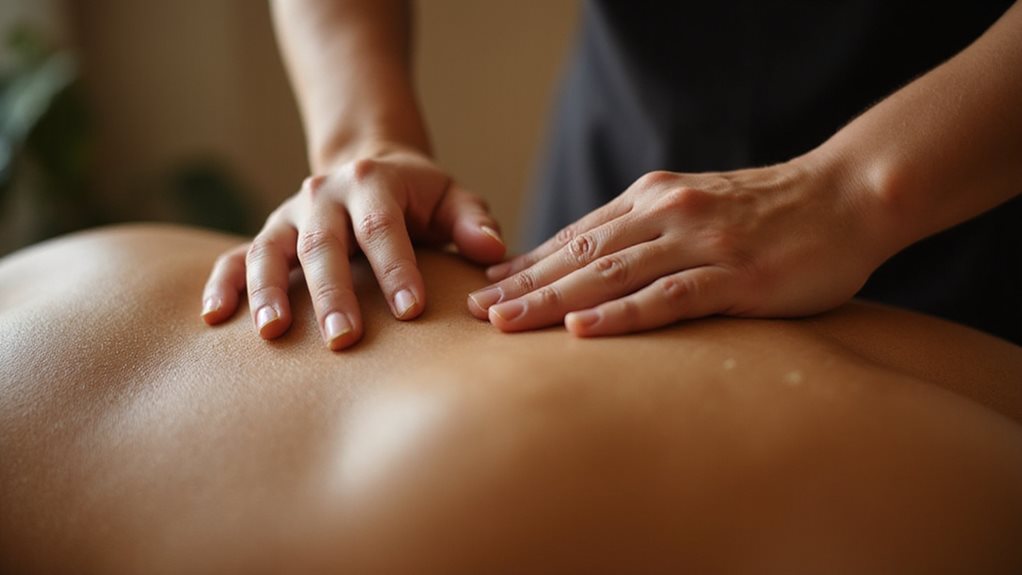Deep tissue massage application methods offer a profound approach to relieving chronic tension and promoting healing. Therapists employ targeted techniques to access deeper muscle layers and fascia, addressing pain at its source. With a focus on precision and empathy, these methods adapt to personal needs, fostering trust and recovery.
Yet, the intricacies of each technique hold untapped potential, inviting further exploration into their life-changing power.
Key Takeaways
- Deep tissue massage uses slow, deliberate strokes to target deeper muscle and fascia layers for chronic tension relief.
- Sustained static pressure, held for 3–5 minutes, adapts the nervous system and breaks down adhesions.
- Cross-fiber friction applies transverse pressure to tendons and ligaments, enhancing circulation and treating chronic issues.
- Muscle stripping involves longitudinal strokes along muscle bands to release tension and improve flexibility.
- Trigger point therapy targets localized tension with sustained pressure, improving mobility and range of motion.
Exploring Slow and Deliberate Stroke Techniques

While many massage techniques prioritize surface-level relaxation, slow and deliberate stroke methods in deep tissue massage target the deeper layers of muscle and fascia with remarkable precision. These deep tissue massage application methods focus on penetrating beyond superficial tissues to relieve chronic tension and break down scar tissue, offering a sense of renewal to those seeking true relief. Therapists employ tools like elbows and knuckles, applying firm, controlled pressure to separate contracted muscle fibers and improve flexibility.
Unlike gentler approaches, these strokes often move perpendicular to muscle fibers, disrupting adhesions and enhancing joint mobility. For anyone yearning to feel whole again, this method fosters healing by restoring circulation and supporting tissue recovery with empathetic, skilled care. This approach is efficient for addressing chronic muscle tension, providing lasting relief for persistent pain and discomfort.
Mastering Sustained Static Pressure Applications

Building on the foundation of slow and deliberate stroke techniques, the focus now shifts to mastering sustained static pressure applications in deep tissue massage. This method employs fingers, knuckles, elbows, or tools like foam rollers to deliver targeted, firm pressure, often held for 3–5 minutes. Such duration allows the nervous system to adapt, easing deep tension and promoting myofascial release.
Practitioners tailor intensity to client tolerance, ensuring safety and comfort while addressing chronic restrictions. This empathetic approach fosters trust within the therapeutic community, enhancing outcomes like muscle relaxation and pain relief. Immediate feedback and pre-session assessments further customize the experience, welcoming all into a shared expedition of healing through sustained, thoughtful pressure that restores mobility and balance.
Additionally, this technique is particularly effective for breaking down adhesions, which can significantly improve mobility.
Understanding Cross-Fiber Friction Strategies

Delving into cross-fiber friction strategies reveals a tailored deep tissue massage technique pioneered by James Cyriax to address connective tissue challenges. This method applies transverse pressure across tendon and ligament fibers, requiring precise palpation to align cross-grain with tissue direction. Synchronized skin and finger movements prevent bruising, ensuring safety and comfort.
Therapeutically, it induces pain relief through gate control mechanisms, improves collagen authenticity, and prevents adhesions by mechanical stress. It increases localized circulation via traumatic hyperaemia and improves mobility after scar tissue remodeling. With controlled depth and pressure matched to tissue resistance, this approach targets chronic tendonitis, ligament sprains, and post-surgical adhesions.
Additionally, this technique is often applied for 10-15 minutes to ensure effective treatment outcomes. For those seeking recovery, it fosters a sense of progress and connection within a supportive healing community.
Diving Into Muscle Stripping and Elongation Methods

As the exploration of deep tissue massage continues, attention turns to muscle stripping and elongation methods, tailored techniques designed to target specific muscle bands with precision. These approaches use controlled longitudinal strokes along muscle fibers, from origin to insertion, to release tension, break adhesions, and enhance circulation. Practitioners often employ fingers, thumbs, or forearms, adjusting pressure based on tissue response while ensuring client comfort with massage oil and pain-free positioning.
The benefits resonate deeply within our shared pursuit of wellness—enhanced flexibility, reduced chronic pain, and improved recovery through oxygen-rich blood flow. Safety remains paramount, with gradual strokes and client feedback guiding the process. Paired with complementary methods like dynamic stretching, these techniques foster healing and belonging in every therapeutic touch.
Moreover, muscle stripping significantly accelerates recovery by promoting efficient waste removal from tissues.
Unpacking Trigger Point Therapy Approaches
Moving from the focused domain of muscle stripping and elongation, the discussion now shifts to trigger point therapy, a tailored approach within deep tissue massage that targets localized areas of tension. This method employs techniques like sustained pressure, held for 30–90 minutes by therapists, or interval bursts using tools such as massage guns for hard-to-reach spots. Fingers, thumbs, and tennis balls offer precise relief, while breath synchronization improves relaxation.
For those seeking connection through wellness, safety remains paramount—avoiding therapy post-surgery or with conditions like osteoporosis is vital. Whether through self-care with foam rollers or professional sessions identifying active trigger points, this community-driven practice fosters healing. Post-pressure flushing aids circulation, ensuring everyone feels supported in their path to relief.
Trigger point therapy also enhances mobility by relaxing tight muscles, offering improved range of motion for many individuals.
Frequently Asked Questions
What Are the Benefits of Deep Tissue Massage?
Deep tissue massage offers significant benefits, as it alleviates chronic pain, improves cardiovascular health, elevates mental wellness, and enhances physical mobility. It provides a supportive path for anyone seeking holistic relief and connection through healing.
Is Deep Tissue Massage Painful for Everyone?
Could deep tissue massage be painful for everyone? Not necessarily. Pain tolerance varies widely; some feel mild discomfort, others sharpness.
Therapists adjust pressure, ensuring a customized experience for everyone seeking relief and connection.
How Often Should I Get a Deep Tissue Massage?
Determining the frequency of deep tissue massage depends on personal needs. Monthly sessions suffice for general wellness, while chronic pain or athletic demands may require weekly or bi-weekly visits, guided by therapist consultation.
Can Deep Tissue Massage Help With Stress?
Deep tissue massage can indeed help with stress. It activates the parasympathetic nervous system, reduces cortisol, and enhances serotonin and dopamine, offering a supportive, therapeutic way for persons to find relief and connection.
Who Should Avoid Deep Tissue Massage Therapy?
Hark, in days of yore, caution was wisdom! Deep tissue massage therapy should be avoided by people with blood clots, recent injuries, severe osteoporosis, or active cancers, ensuring safety within our caring, supportive community.
Conclusion
In deep tissue massage, practitioners skillfully blend slow strokes, sustained pressure, and targeted techniques to release chronic tension and foster healing. By understanding each client’s distinct needs, they pave the way for profound recovery. As the adage goes, “A gentle touch can move mountains,” reminding us that empathetic precision in these methods can transform pain into relief, guiding persons toward renewed well-being with every deliberate application.

